These Are the Foods Nutritionists Always Put on Their Own Plates
Eating better doesn’t mean chasing the newest health trend or filling your cart with unfamiliar ingredients. Many nutritious foods are already well-known and easy to prepare. They are backed by research, recommended by registered dietitians, and offer meaningful benefits when eaten regularly.
The real question is: which of these do you already eat, and which ones might be worth adding to your routine?
Beans
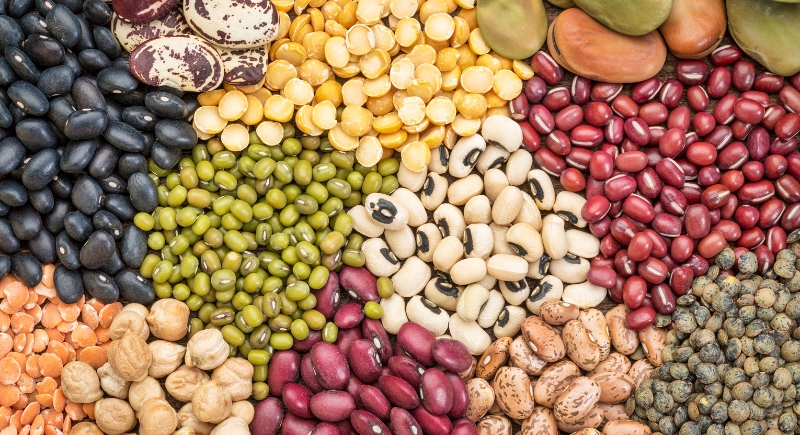
Credit: Getty Images
People who don’t eat beans miss out on a unique nutritional profile. They are both a protein and a vegetable, and skipping them can reduce your intake of dietary fiber, something most Americans already don’t get enough of. That fiber improves digestion, balances cholesterol, and contributes to long-term heart health.
Sweet Potatoes

Credit: Getty Images
Sweet potatoes adapt well to roasting, mashing, or blending into soups. A quick spin in the microwave also works when time’s tight. Leaving the skin on adds extra fiber, and the orange flesh carries beta-carotene, which the body converts into vitamin A to pave the way for better vision and immunity.
Greek Yogurt
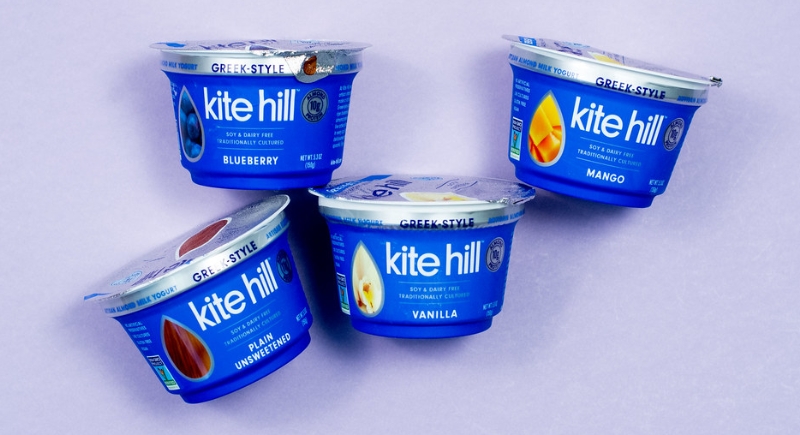
Credit: flickr
Research shows Greek yogurt enables muscle maintenance, bone health, and digestive balance. It has nearly twice the protein of regular yogurt and fewer sugars and carbs. Probiotics in Greek yogurt may also improve gut health, which connects to overall immune function. Use plain versions to avoid added sugars and mix in fruit, seeds, or herbs to match your meal.
Oatmeal
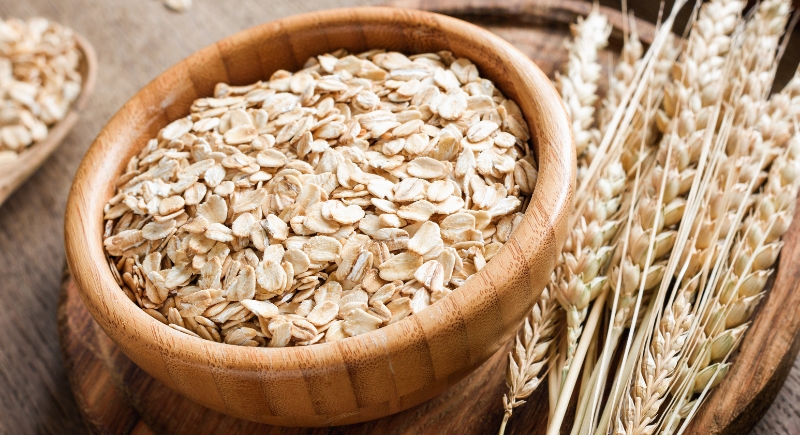
Credit: Getty Images
Skipping oatmeal can mean missing a valuable source of soluble fiber. That’s the kind that reduces bad cholesterol and prolongs satiety to help you stay full longer. Without enough fiber, digestion slows down, and cholesterol levels may creep higher. You can also make it savory with vegetables or sweet with fruit.
Peanuts
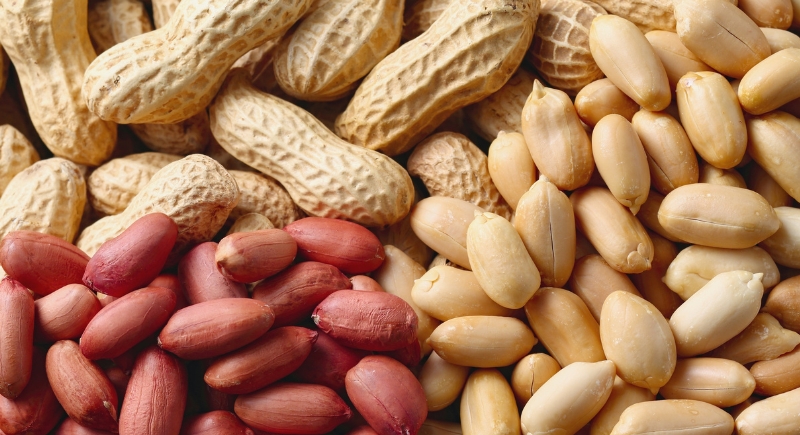
Credit: Aflo Images
A lot of households rely on peanuts as a low-cost source of plant-based protein and healthy fats. On average, U.S. farmers receive about $0.25 per pound for peanuts, roughly 25 cents, which translates to low retail prices. That makes them one of the most affordable protein sources available. They also supply fiber, niacin, and folate.
Barley
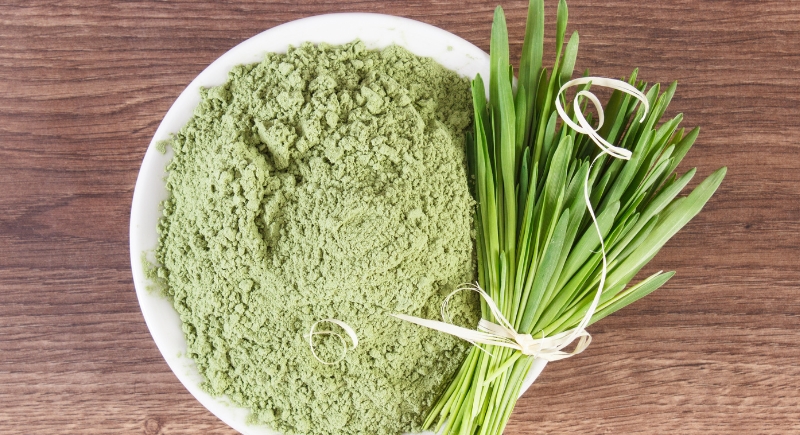
Credit: Getty Images
Adding barley to meals can make a real difference for heart health and energy levels. Its soup is a simple way to get those benefits, or you can use it in grain salads and stews. One review even linked regular barley consumption with better cholesterol markers. It also supplies magnesium and selenium, which benefit metabolism and immunity.
Beets
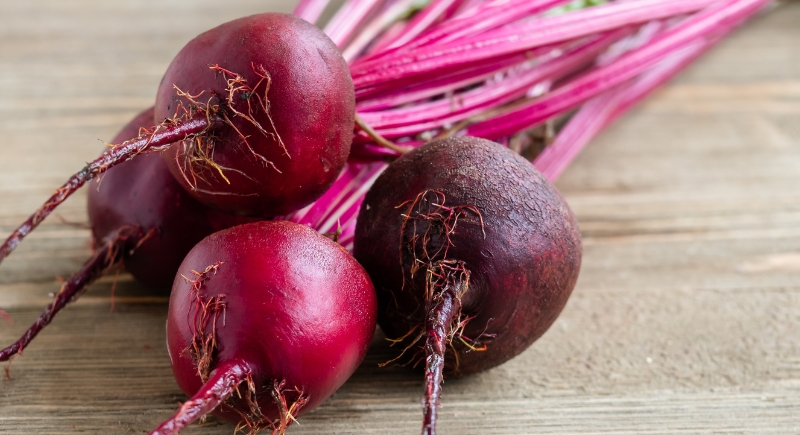
Credit: Getty Images
Beets don’t show up often on American plates, at least not as often as nutrition experts would recommend. That’s a missed opportunity. Their pigments come from compounds called betalains, which have been studied for their anti-inflammatory effects. Beets also have dietary nitrates linked to improved blood flow and reduced blood pressure.
Strawberries
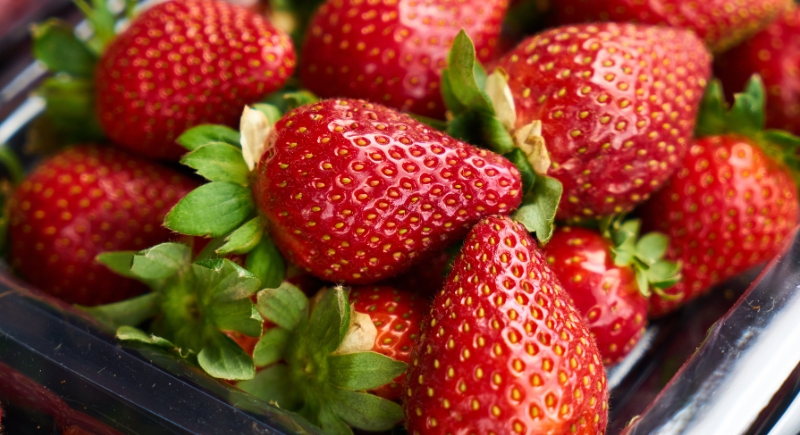
Credit: pexels
One cup of strawberries produces over 100% of your daily vitamin C needs, plus fiber and antioxidants that support immune function and cell repair. While chocolate-dipped ones might be your go-to, there are plenty of other ways to enjoy this fruit. Slice them into salads, blend them into smoothies, or make a quick fruit salsa.
Blueberries
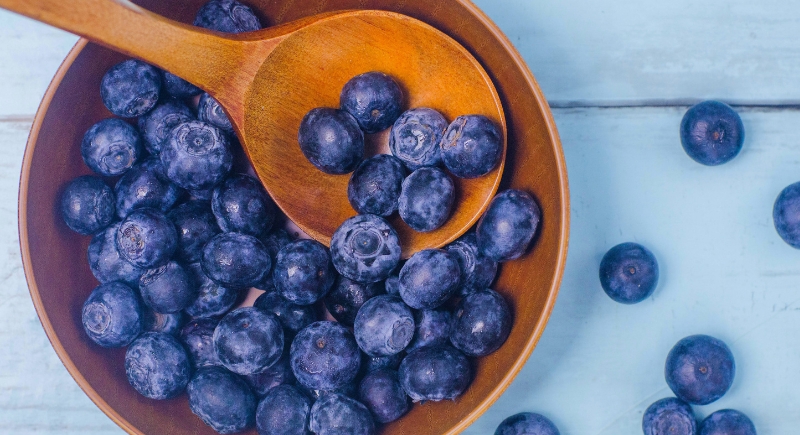
Credit: pixabay
You can add them to pancakes, stir them into yogurt, or bake them into muffins—blueberries blend naturally into everyday meals. Even when frozen, they hold their nutritional value and work well in both sweet and savory dishes. Their deep purple-blue color comes from anthocyanins, compounds linked to improved brain function and reduced oxidative stress.
Kefir

Credit: Getty Images
Kefir, traditionally made in the Caucasus Mountains, has been consumed for centuries for both taste and digestion. This fermented dairy drink provides probiotics, calcium, and protein in a convenient, drinkable form. Use it in smoothies, as a buttermilk substitute, or drink it plain if you enjoy a tangy taste.
Avocado
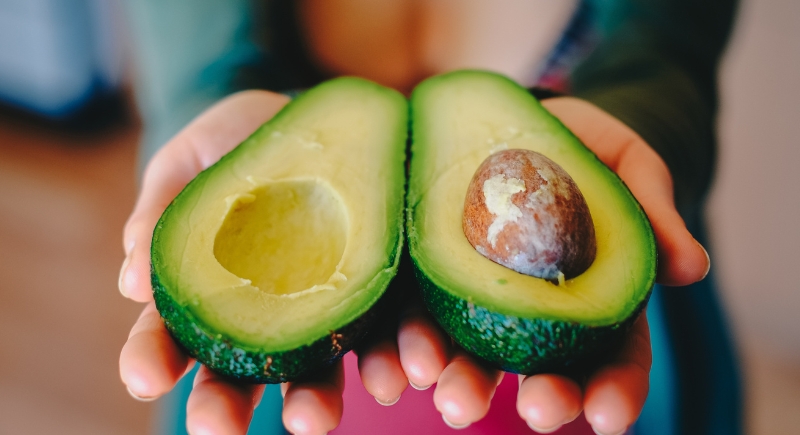
Credit: pixabay
Avocados are rich in monounsaturated fats. They support heart health and aid the body in absorbing fat-soluble vitamins like A, D, E, and K. These healthy fats can also make meals more satisfying and regulate appetite. Unlike saturated fats, they contribute to a more balanced cholesterol profile.
Walnuts

Credit: Getty Images
Walnuts deserve a spot in your routine thanks to their plant-based omega-3 fats, which support heart and brain health. They also supply antioxidants and fiber. To make them last, store them in a cool, airtight container, since those healthy oils can spoil if exposed to heat or light.
Broccoli
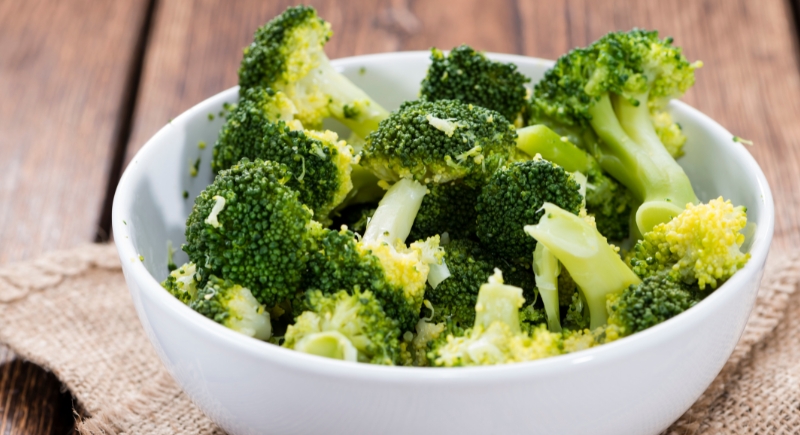
Credit: Getty Images
It’s easy to eat around the broccoli on your plate or leave it behind after finishing everything else, but doing that means skipping some valuable nutrients. Broccoli and other cruciferous vegetables contain isothiocyanates, compounds linked to lower cancer risk. But that doesn’t mean you’re stuck eating them plain—roasting with garlic or tossing in sesame oil brings out better flavor.
Carrots
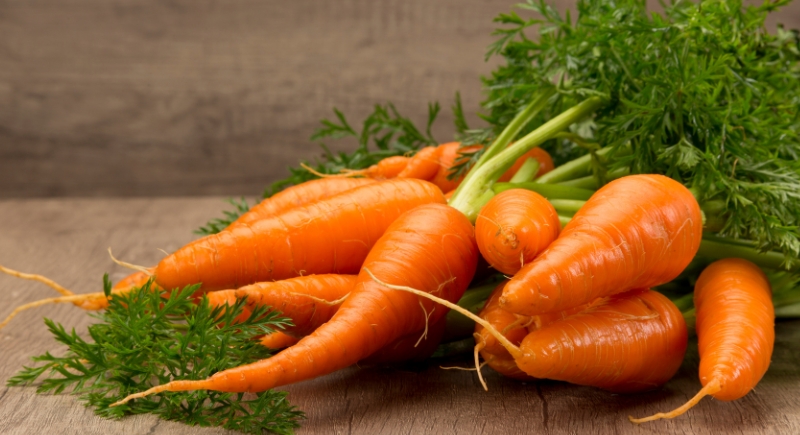
Credit: Getty Images
Parents have been telling kids to eat carrots for better vision for decades, and there’s some truth behind it. Carrots are rich in beta-carotene, which the body converts into vitamin A, a nutrient essential for eye health. They are also a source of potassium and fiber and require minimal prep.
Flaxseeds
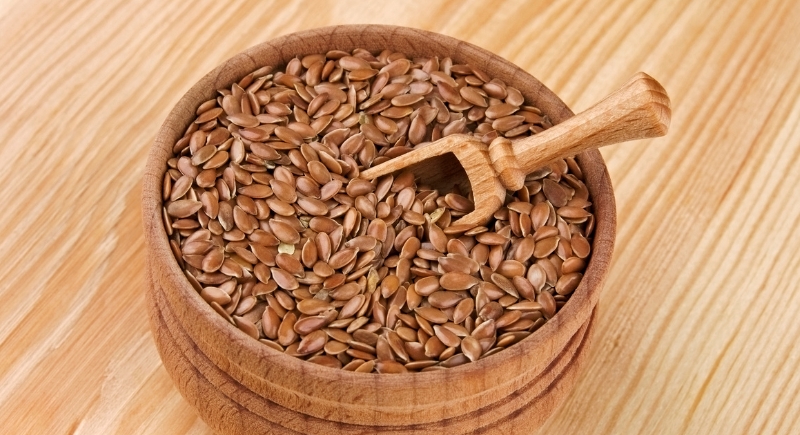
Credit: Getty Images
Consuming flaxseeds whole won’t do much; your body can’t break them down effectively, so the nutrients pass through unused. Grinding them is key to making the most of their benefits, including omega-3 fats, lignans, and fiber. Once ground, flaxseeds mix easily into oatmeal, smoothies, or yogurt. You can also use them with water as a baking substitute for eggs.